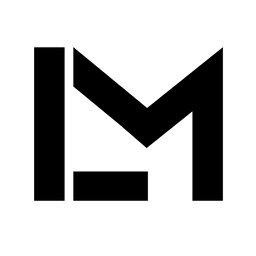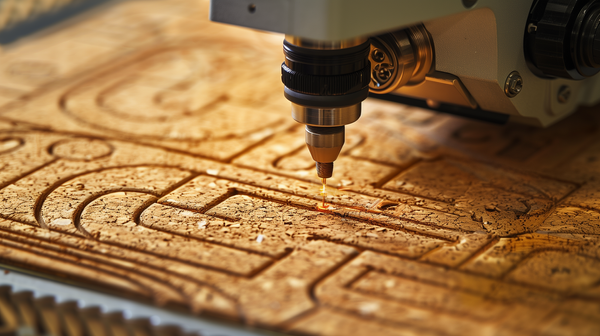Making#1 | A newsletter about making stuff after office hours
The first issue of Making - a newsletter about making stuff after office hours. Welcome to a maker, learner, and side hustler's lair.
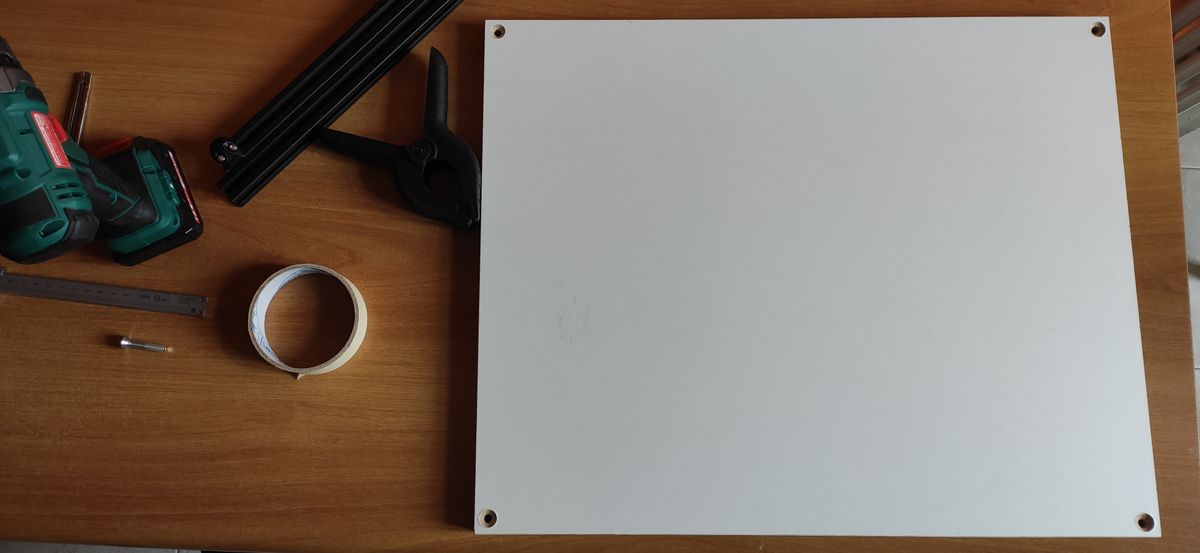
Hello everyone!
March and April have been two months with a lot of movement - at least for me.
I've been working on my long-term projects, and doing progress on things that help me pave the way for future ones. Yet, I've found myself struggling to decide what is worth writing about on this website.
Many of the things I have accomplished are not relevant enough to be shared with the vast and seemingly all-knowing world of the internet.
Or that's what I've told myself at times.
I've realized the problem is not the fact that I'm doing irrelevant work. The problem is I cannot write a long and detailed post about everything I do. Also, I cannot just do for the sake of writing.
Despite that, I feel like I want to tell you about what I'm doing every month, so I've decided to start a real newsletter, and this is the first number of it.
Let me tell you what it's going to be like.
A proper newsletter
My idea of a newsletter is not guided by any sort of standard or widely accepted definition. Don't read the word "proper" here.
This is just me sharing pieces of content loosely related to the macro-topics I'm listing here, with no particular order.
Think of it like a monthly recap of what's going on. Or a conversation over a coffee machine with someone who is usually making stuff - of different types.
Meta content and what I am working on
I'm not going to write about people wearing VR goggles while "living" in a digital world where even your toilet and its content can be an NFT.

I'm going to write about what I'm writing, and how I am doing it. How I'm figuring out websites, creating content, developing products, side hustles, and starting a business.
I haven't told you, but I'm looking to create a couple of physical products and a bunch of digital ones.
I'm just starting, but I'd love to tell you about the challenges I find along the way, and the useful things I find to overcome fears, mental blocks, and actual financial limitations.
On the other hand, this whole "I have a website" thing is new to me, and I'm constantly learning how to be better at it. I figured that I can write about what I learned and share short tips in the newsletter.
This is actually something I've already started, but not directly on this blog.
For instance, I wrote an article on Medium about how I used WebM videos instead of Gifs to improve the loading speed of a webpage. The page I was talking about, was no other than the Step-by-step guide for making a macropad in Fusion 360 I published a few weeks ago.
Another example: I wrote about using Python to automate CAD files for 3D printing, my goal was actually to make multiple versions of one of the creations my girlfriend and I have shared as TwoThingies.
So for the newsletter, expect to see more of this. Not always related to technical things.
Curated human content about technology, programming, electronics, data analysis, and 3D printing
About 80% of the time I spend online I'm reading technical stuff, and I always find incredibly useful resources by some amazing people out there.
For instance, there are people who become so expert on a hobby that they publish full-blown F.A.Q. pages about the subject. Like Pascal Getreuer did for Keyboards.
I want to be like them when I grow up, and I'd also like to share with you what I found, so you can use it too.
A recent example: I'm working on a project that involves retrieving accurate date and time data on an ESP8266 microcontroller.
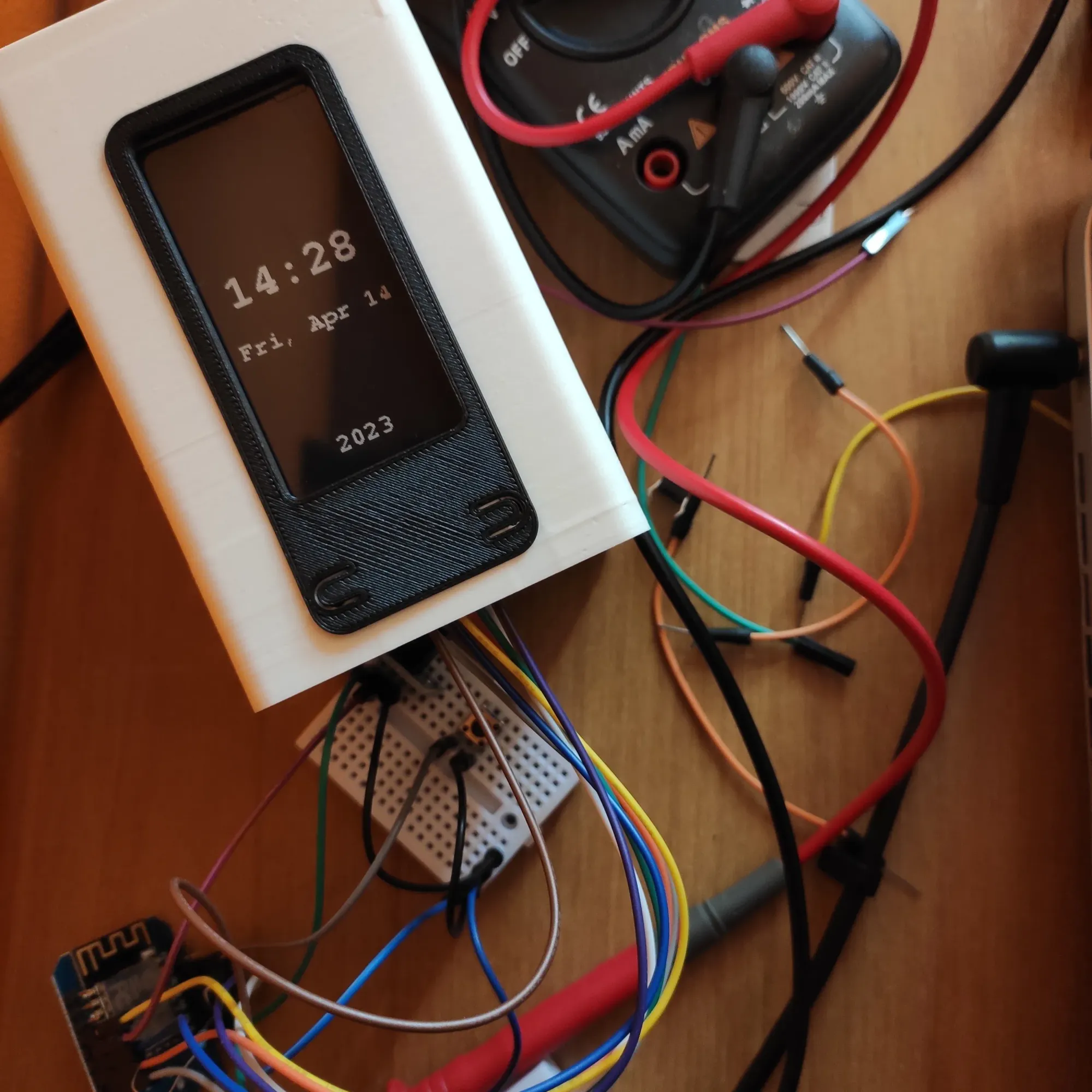
After trying to figure out different ways to do so, I found two crystal-clear examples by other makers online. The first one was published on the Arduino community forum.
The second one is a fully detailed explanation of the proper way to use the NTP protocol on ESP8266.
Things I'm reading and would like to share with a friend

I've mentioned before how three books changed deeply my mindset at the start of 2023, compared to 2022. They helped me focus on long-term plans and start taking actual steps to accomplish things. Those three books are:
- Deep Work, by Cal Newport.
- The 4-Hour Workweek, by Tim Ferriss.
- Show Your Work!, by Austin Kleon.
I never wrote an actual review about them, and the reason is I haven't completed digesting them. Every now and then, I come back and read some parts again depending on what's going on with life.
Another example is Pocket Full of Do which really is giving me different points of view about entrepreneurship, by the master Chris Do.
I think short discussions about the ideas expressed in this kind of book can be more valuable and easy to digest than a full review. So that's what I'm going to do for the newsletter.
For this first one, I'm cheating, because I'll just redirect you to the article I wrote at the start of this year. I promise the next ones will be much more concise.

However, I'm not always going to write about life advice and self-improvement.
Occasionally, I may point you toward books I've found valuable for learning about a particular topic. For instance, I'm enjoying TinyML: Machine Learning With Tensorflow Lite on Arduino and Ultra-Low-Power Microcontrollers: Machine Learning with TensorFlow on Arduino, and Ultra-Low Power Micro-Controllers.
What I actually wrote/made

The last part of the newsletter will actually summarize what I wrote since the previous issue. This is usually about an actual project. Something I made, a project update, or a longer-form article about something I learned.
I'm no longer going to spam you a few times per month with articles often not even related to each other. Instead, I'll give you a summary of the contents, so you can pick the ones you might actually be interested in.
For this one, I'll refer to the previous two articles I wrote for my blog.
I wrote about my journey while making a macro pad. It's more a summary of the things I discovered about mechanical keyboards, the different ways you can wire them up, and the firmware options you can use to configure them.
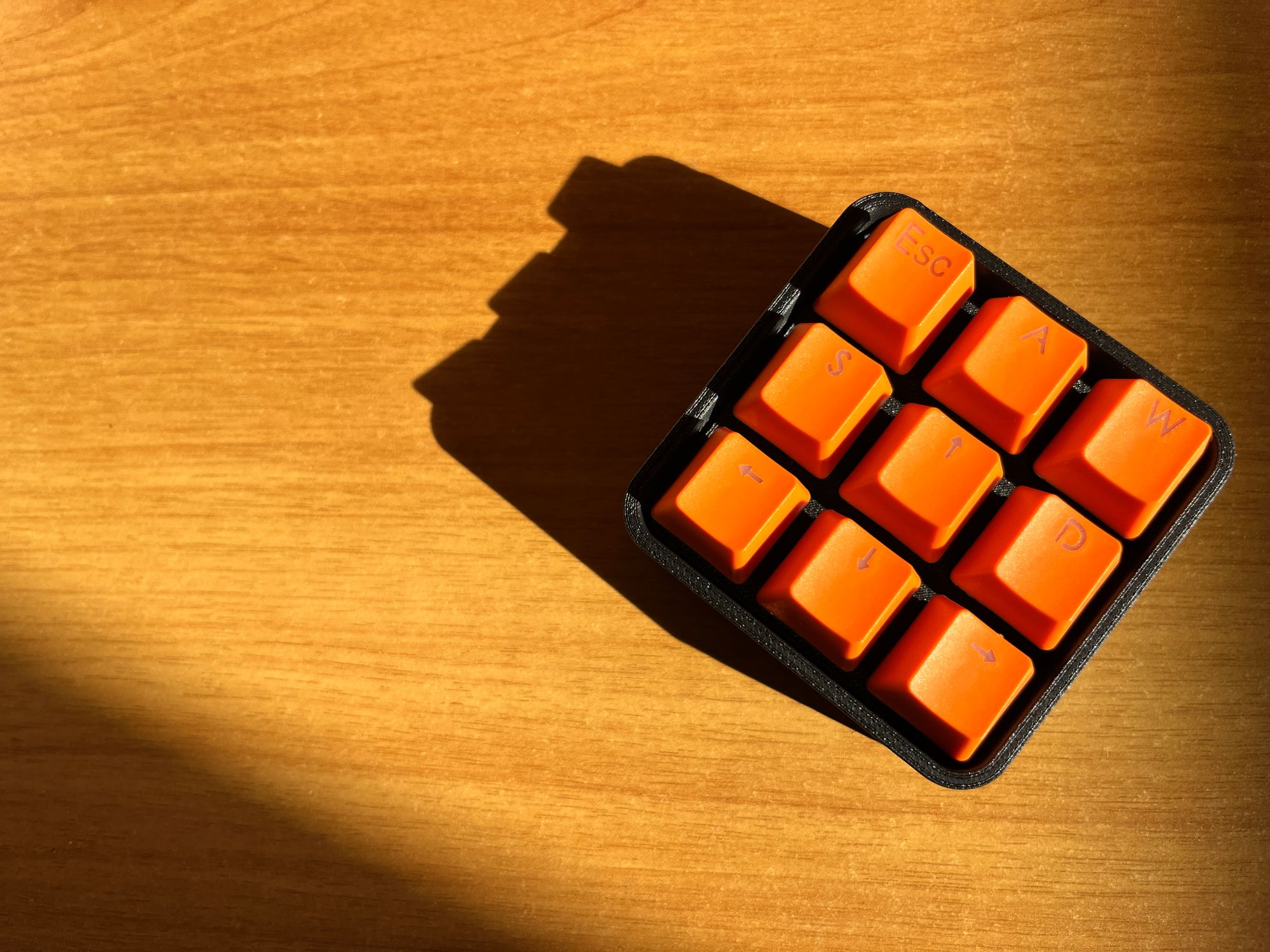
That was actually just the start of the journey, though, since I'm planning to keep improving on it.
But before changing the design, I actually have to test the existing one and see what can be done better. To use it consistently, I started making custom macros to improve my workflow in different types of environments I use frequently.
The first victim was Matlab/Simulink, which I use at work every day. I was tired of doing some repetitive actions, so I created some macros to semi-automate them.
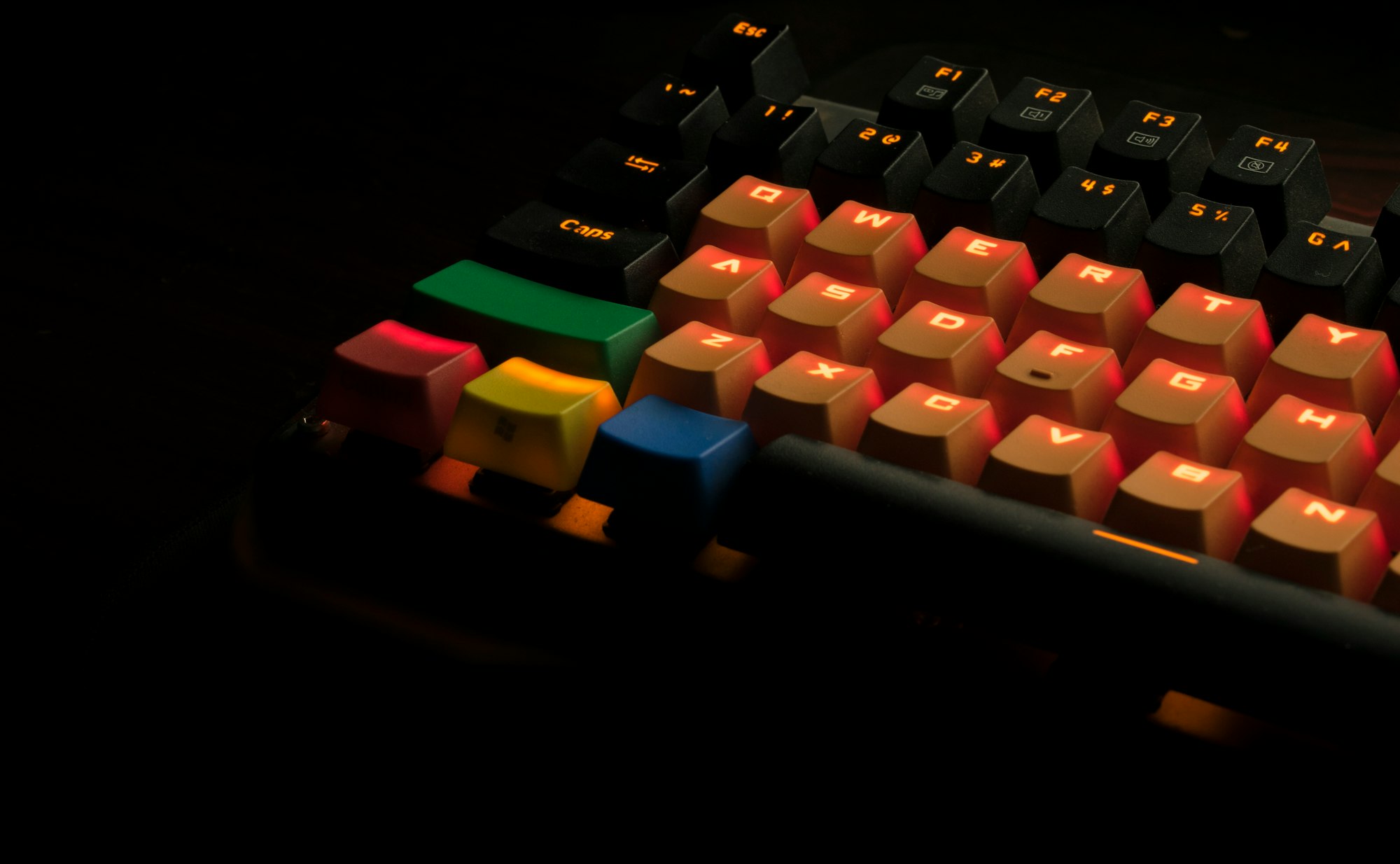
The article I wrote about this tells you about how I configured those macros, using a combination of Simulink commands and VIAL macro configurations. I also explained how I created a custom Simulink feature, to make my macros work more efficiently.
And that's it. I didn't write much on this blog. However, I wrote on another site, which you might find interesting if you are into 3D printing: a quarterly recap for TwoThingies. The idea is just to list the latest creations we shared online, and update our followers on what we have achieved thanks to their support.
It actually inspired me to start this newsletter, so I thought it was worth mentioning - although maybe it would've been more appropriate in the "meta" section.
I'm still figuring out how to do this newsletter thing, but I hope you can find some interesting content in the next ones. I'll "polish" the format as I go, and of course, any feedback from you is really appreciated.
I'm excited to start this and looking forward to the next issue!
Thanks for reading, and I hope you have a great day.
If you'd like to get on board and receive the full content for the next ones, go ahead a join the mailing list! It's a-free, Mario, and I promise you won't hear from me more than once every month.
That, of course, in case you haven't already. This one is fully available also for non-subscribers, so please ignore this if you are reading this in your email box :)



